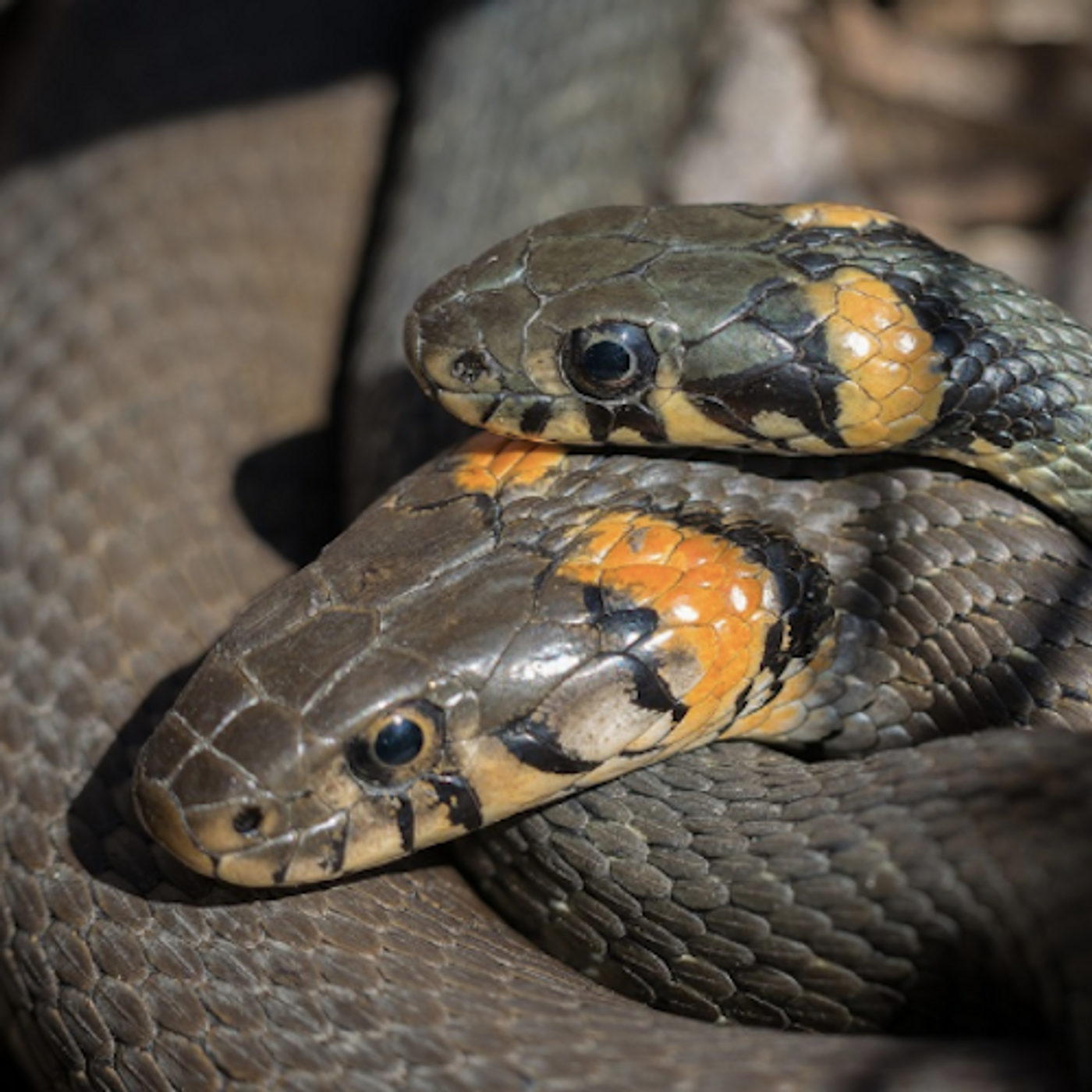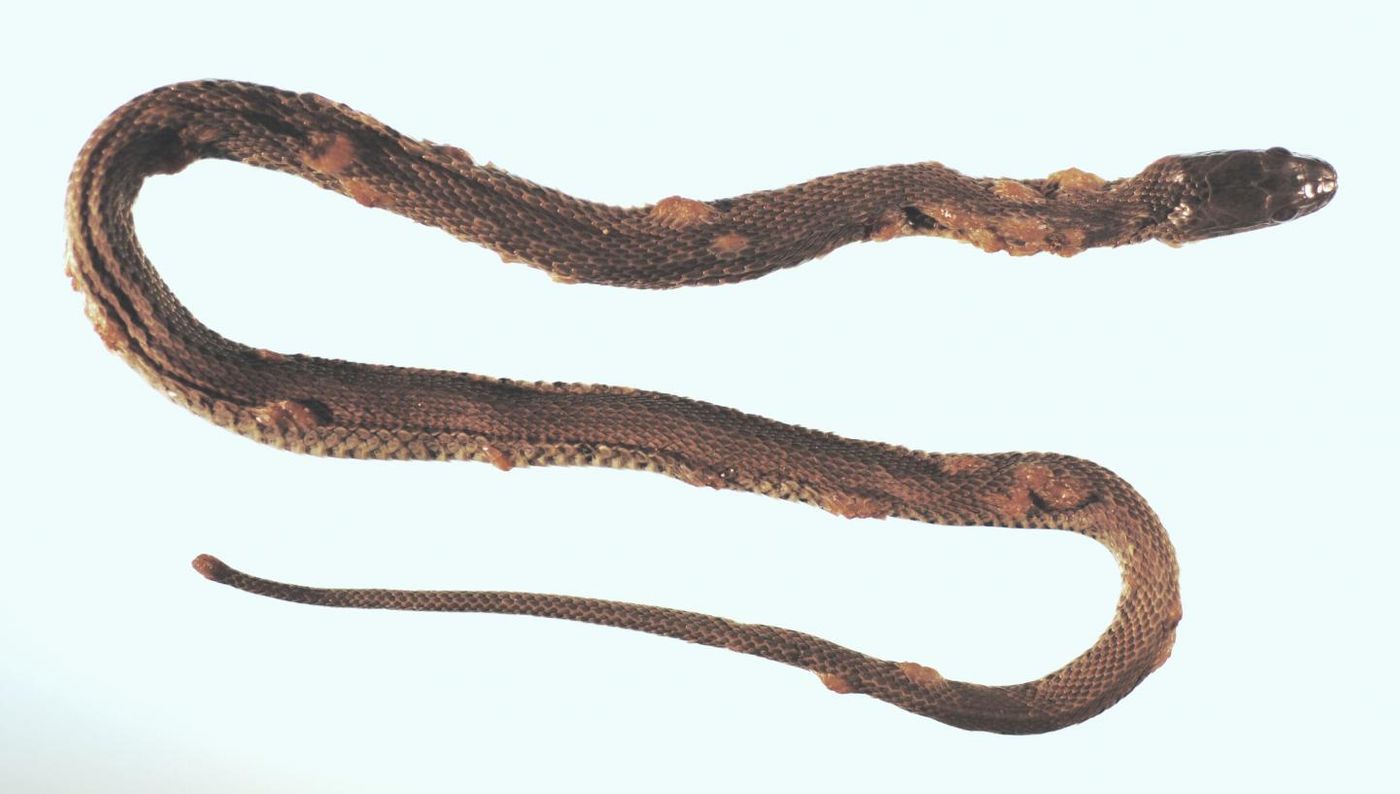Snake Fungal Disease may be a Global Threat
Scientists have found that a fungus impacting snakes may be a global threat. It causes a fungal disease that has been identified in three species of snake in Europe, and 23 in the U.S. New research reported in Science Advances has found that the fungus, Ophidiomyces ophidiodiicola, causes a potentially fatal disorder that can infect many different kinds of snakes, regardless of habitat, characteristics, or ancestry. The investigators, from the American Museum of Natural History, the U.S. Geological Survey, and the University of Maryland, College Park, have warned that any future assessment of the disease should assume every species of snake is infected.
"This really is the worst-case scenario," said lead author Frank Burbrink, an associate curator in the Museum's Department of Herpetology. "Our study suggests that first responders shouldn't just be looking for certain types of snakes that have this disease, but at the whole community. All snakes could become infected, or already are infected."
The 23 infected snake species in the U.S. are primarily garter snakes, milk snakes, rat snakes and vipers that live in the east. It was recently found in three kinds of European snakes as well. It causes lesions on the skin and can spread rapidly over a large portion of the body. While molting relieves the majority of cases, it can also be fatal. Affected snakes can also undergo behavioral changes that can increase their risk of death; because they spend time exposed as their skin molts, they are vulnerable to predation, exposure, or starvation.
"Some of the most devastating wildlife diseases ever documented, such as white-nose syndrome in bats and chytridiomycosis in amphibians, are caused by fungal pathogens," noted Jeffrey Lorch, a microbiologist with the U.S. Geological Survey (USGS) National Wildlife Health Center. "These diseases have had such great impacts because they affect multiple species, and it now looks like the same is true of snake fungal disease."
Snakes can be very challenging to study in the wild, making it tough to gauge the potential impact of the disease. The researchers turned to models that took evolutionary history, ecology, and physical traits into account, and using a neural network, looked for associations that might indicate the snake species that are most susceptible. Because they came up with a random distribution of potential hosts, the investigators have suggested that all 98 snake groups in the eastern part of the U.S. may be susceptible, and the epidemic may have a global reach.
"The data for our model may not be perfect, but it will tell you if there's even a weak association between a characteristic--for example, eating a certain type of animal or living in a particular environment--and the potential to get this disease," Burbrink said. "And in this study, our model found no association other than 'you are a snake.'"
"Scientists have learned a lot about research and monitoring needs from 25 years of studying the effects of chytrid fungi on amphibians, and those lessons tell us that prevention is the best policy," said Karen Lips, a professor of biology at the University of Maryland, College Park. "Researchers need to work with decision-makers to prevent snake fungal disease from spreading, survey museums and field sites to determine the current distribution of the disease, run trials in the lab, and start working on treatments."
Sources: AAAS/Eurekalert! Via American Museum of Natural History, Science Advances











